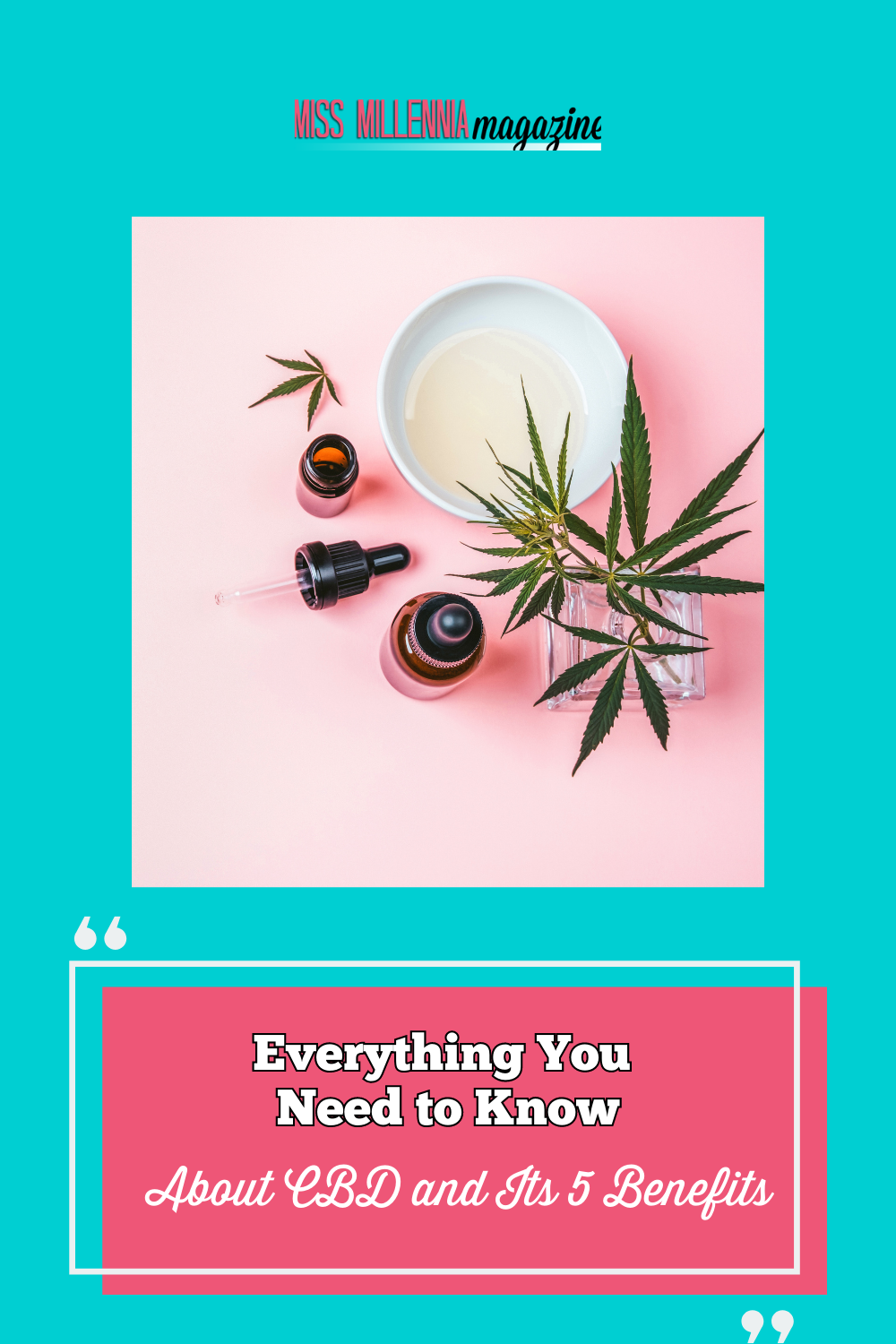9 Sex Ed Facts Women In Their 20’s Should Know
There are so many sex ed facts to learn when we’re young adults! And unfortunately, we don’t always learn everything we need to know.
It’s important to be educated on how our bodies work and how to have safe sex. How else are we going to enjoy healthy relationships?
Here are nine sex ed facts women in their 20’s should know.
1. Heavy Bleeding Can be normal
Vaginal bleeding during a woman’s menstrual cycle is normal. Depending on your body, heavy bleeding may seem normal, but if you consistently deal with heavy periods or bleeding in between periods, you may be experiencing a health issue you should see a medical professional about. Fibroids are some of the most common causes of abnormal bleeding and can lead to other health complications if untreated.
2. There are many kinds of Birth Control
There are various forms of birth control (BC) which can be take orally, via injection, externally or internally. The most common types are the pill (combination, progesterin-only or extended-cycle), the patch, the shot, an intrauterine device or the ring and, lastly, emergency contraception. You also don’t need to be sexually active to take BC. Many women take them (like extended-cycle pills) to reduce or control their menstrual cycle and/or pains associated with them.
3. Is it Discharge, Urine, or Ejaculate Fluid?
All three are chemically different and may be confused. Discharge is typically a clear fluid of various textures that is produced as a result of self-cleaning. It is also produced when a woman is sexually aroused and acts as a natural lubricant. Urine comes out of your urethra, just above the vaginal canal, and ejaculate fluid is the result of sexual arousal, which is strongly believed to also comes out of the urethra. Female ejaculate is often believed to be urine, but many health experts have said it is not. It’s a clearer liquid produced from the Skene’s glands, not the bladder
4. You can use Protection with Allergies
Though popular, the male condom is not the only form of protection available. Female condoms, while less popular, is another form of protection and has an effectiveness rate of 95%. Proper and steady usage of condoms can protect you from sexually transmitted diseases, and prevent pregnancy. But most recommended condoms are made of latex which can cause allergic reactions you may not be aware of. If you also adhere to a strict no-animal product usage, be aware that many manufacturers make condoms with an ingredient called casein, which comes from milk. Vegan condoms are available.
5. You NEED to go to the OBGYN
Every woman should go see a gynecologist if she hasn’t already. It’s important to go see a reproductive health doctor beginning in your teens, and doing so is the most vital sex ed young women can find most valuable. It’s a common belief that you don’t need to see one until you’ve been sexual active, but that is not true. You may have reproductive concerns unrelated to sexual activity. Seeing a gynecologist as early as possible can prevent any health issues that can be detected. A gynecologist can also prescribe birth control and explain the different options so you can choose which is best for you.
6. STI vs STD
Sexual ailments are one of the biggest topics sex ed approaches. Sexually transmitted infections (STI) and sexually transmitted diseases (STD) are not always the same, though can be used interchangeably. An STI is the contraction of any infection received through sexual contact. Damage received after an infection occured is referred to as an STD. STD’s typically can be prevented if early detection of an STI is done. Another difference is that STI’s typically have no symptoms, while STD’s usually do. Lack of screening and untreated sexually transmitted infections can lead to disease.
7. Urethra vs Vaginal canal
A lot of people mistake reproductive anatomy all the time. Though the information may seem like a lot, it’s imperative that you know the difference between them. Women do not urinate from their vagina. Urine comes out of the urethra which is located just above the entrance of the vagina and below the clitoris.
8. All Labia are unique
Just like our bodies come in all sizes, so do labia. There are two labia—the labia majora (outer) and labia minora (inner). There is no specific size or certain way a labia should look, unless it proves to be a health concern. Labiaplasty is a cosmetic gynecological procedure, which aims to reduce the size and appearance of the labia and other surrounding areas. Some women seek this surgery for aesthetic reasons, or as a corrective solution due to discomfort. As always, you should see a health professional if you have any concerns about discomfort caused by the labia.
9. The myth of virginity
Does it exist? Well, you don’t have to believe in it. In this patriarchal world and the historic controlling of women’s sexuality, many people believe it does not exist and was simply created to police the bodies of women to suit the male ego. If you believe in it, you do—if you don’t, then don’t. It’s a choice, just like sexual activity. While peer pressure continues to loom around ‘virginity,’ it doesn’t have to define you or your worthiness.
Sex ed is very important and aside from this list, there’s still so much more to know. But honestly, there’s no reason why a grown adults are confusing reproductive anatomy. Let’s start somewhere.
What are some things about sexual health you didn’t know about? Know some other important sex ed facts not shared above? Share with us!











